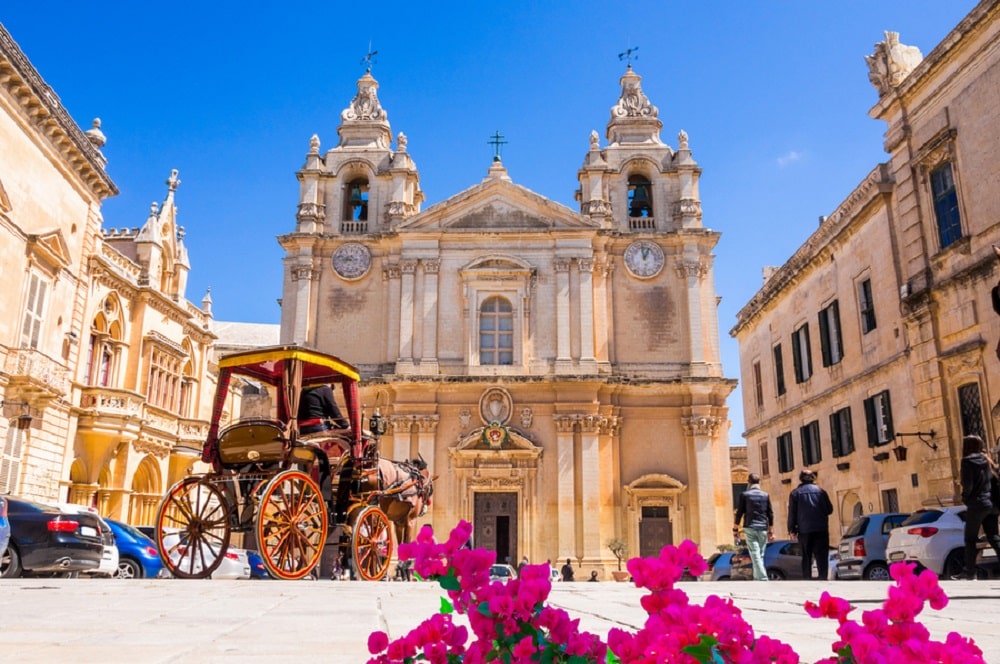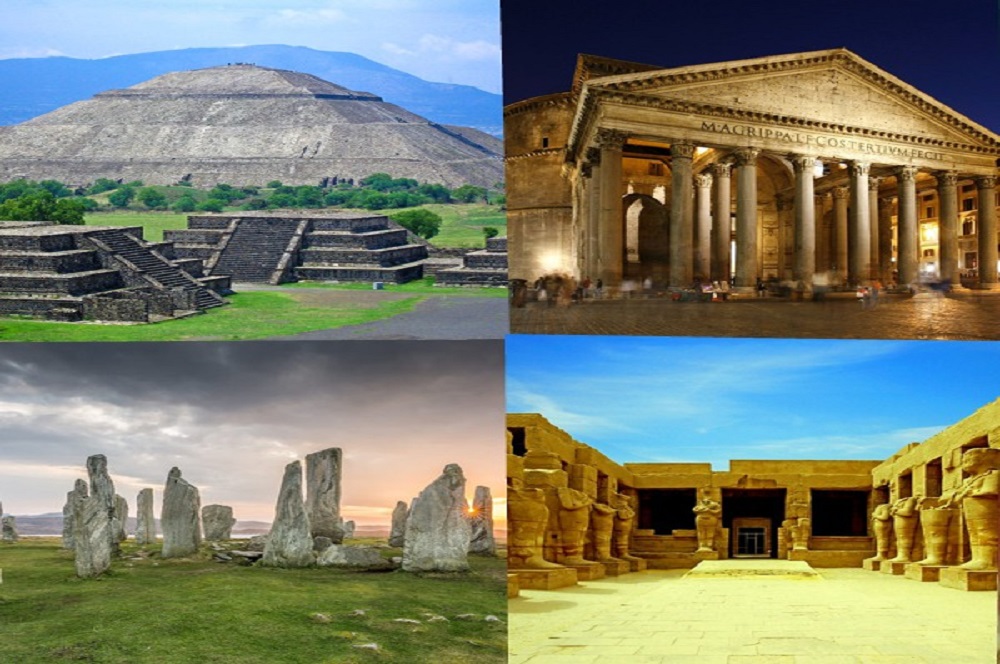
Suspension bridges and skyscrapers are marvels of modern engineering, but some of the world’s most impressive constructions are thousands of years behind us. We have listed 10 archaeological religious buildings built for you thousands of years ago.
1. Temple of Karnak – Egypt
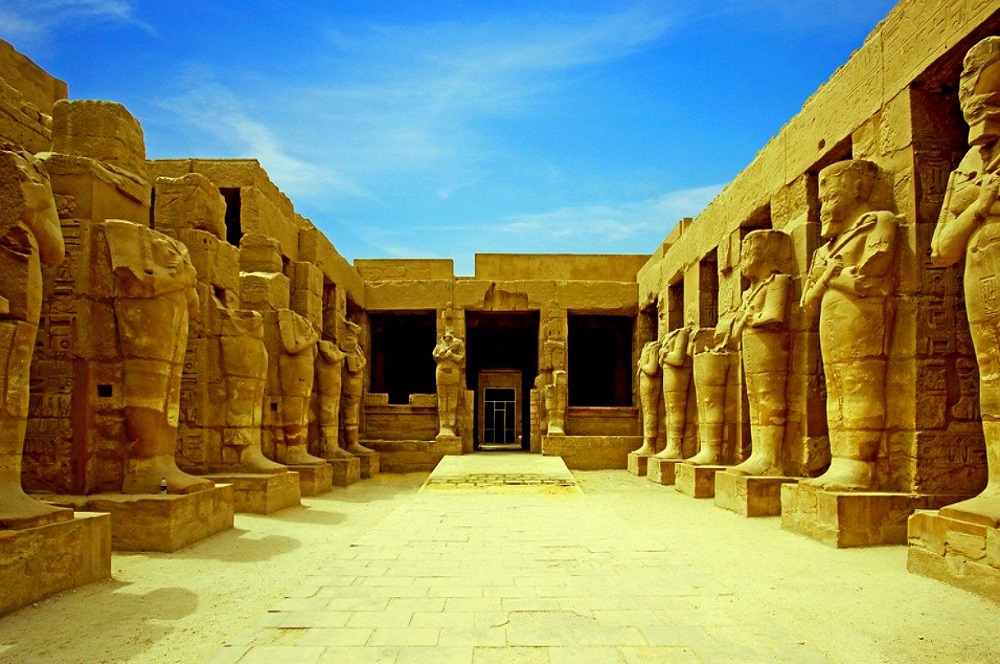
Located in the city of Luxor, BC. In the 1400s II. This structure, which was started by Ramses, is not yet complete. Each pharaoh went on to build something on the previous one. Nearly 8000 votive stones in the region 450 statues and 10 sphinxes were found. The Amun-Re temple, located in this religious complex, which is an open-air complex, is just one of the historical ruins that make the region a visit. It may take a few days to visit the entire temple.
2. Pyramid of Teotihuacan – Mexico
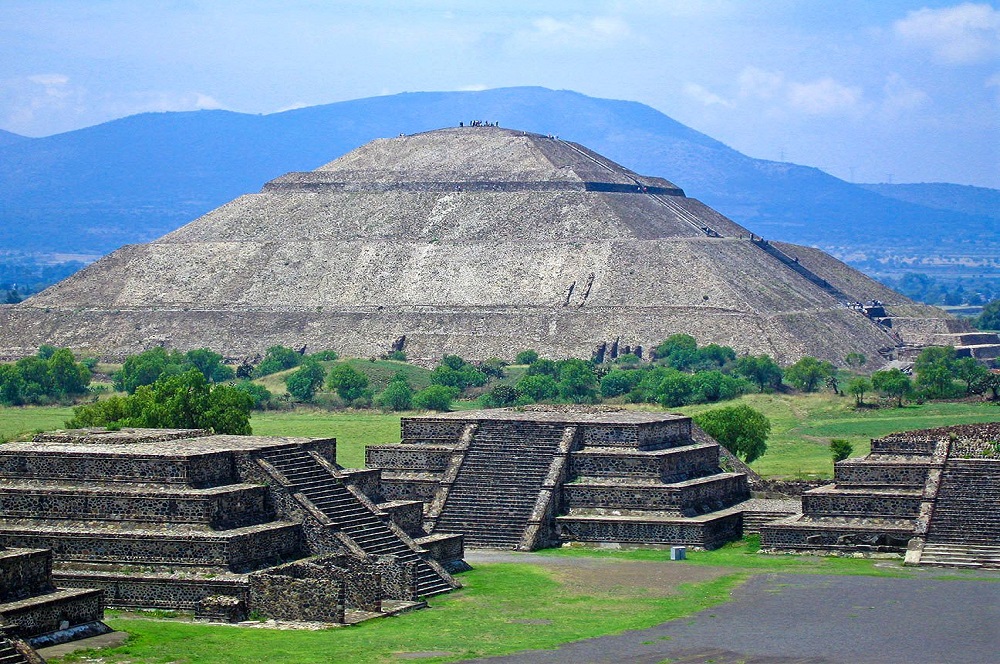
It’s a big conundrum who built it. Approximately MS. It is thought to have been built in 450. This structure, which is one of the most recognizable and magnificent structures among the ancient buildings, consists of two pyramids called the Sun and the Moon. The pyramids were probably used for human and animal victims. In North and Central America, the figure of God, depicted as a feathered serpent, is first encountered in these structures.
3. Callanish Stones – United Kingdom
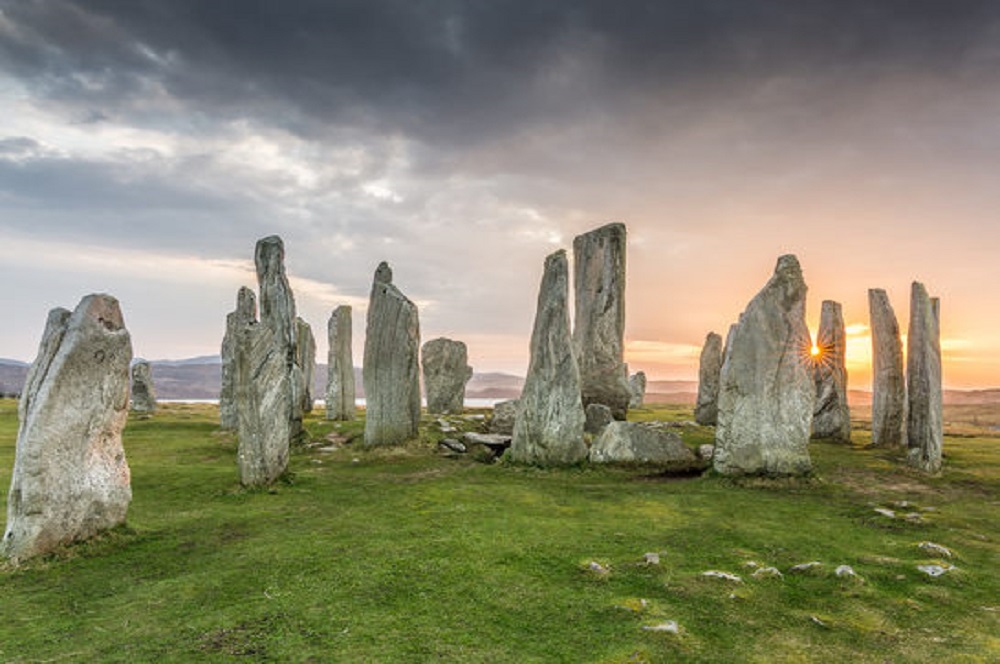
It is believed that these structures on the Lewis Island of Scotland were built during the Neolithic Age and used in religious rituals during the Bronze Age. According to the story, the stones were believed to be the remains of giants who rejected Christianity. The stones found near the village of Callanish are also at the same time as the Stonehenge. It is thought to have been built between 2900-2600.
4. Pantheon – Rome
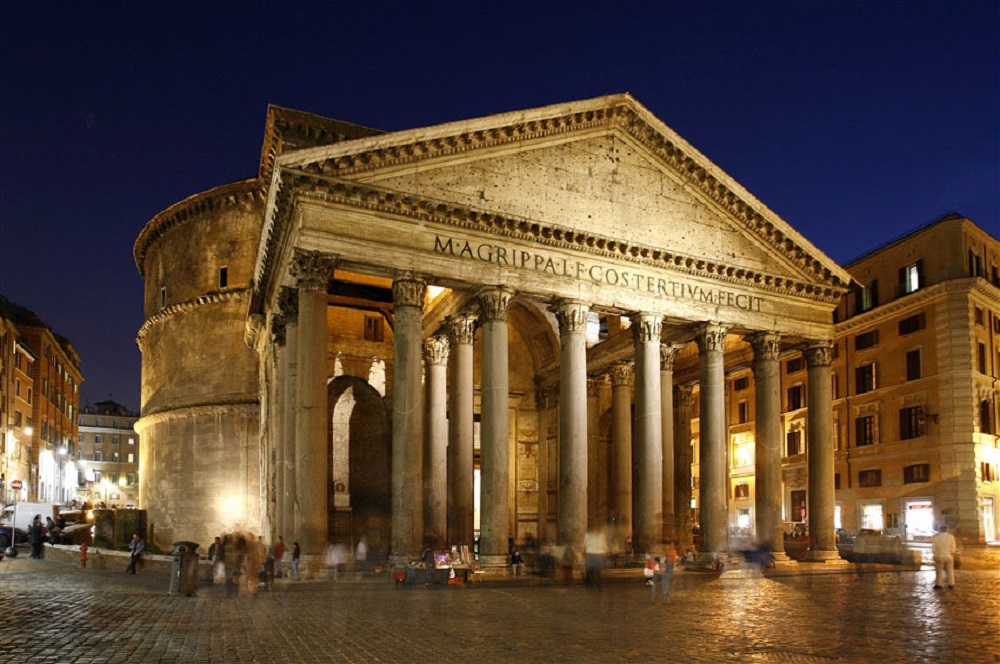
It was built by Emperor Hadrian. Built in 126. The meaning of the word is ”Belongs to All Gods”. This building, which has a typical Roman architecture, has a magnificent appearance like most buildings of the period. The temple, which was converted into a church in the 7th century, did not compromise the original. There is a space at the top called the eye. This emptiness is seen as the allegory of God, the elegant source of light. When the penetrating light did not come into contact with the ground immediately, there was the belief that God was involved not indirectly but directly.
5. Borobudur – Indonesia

This magnificent Buddhist monument dating back to the 8th century was discovered in the woods in the 19th century. This building is made of 6 square platforms, each of which consists of carved friezes for decorative purposes. There are 500 Buddha statues on the cavities for Buddhist worship. 6 platforms show the challenging path to be overcome in Karma. At the summit there are 3 stone mounds called stupa where sacred relics are placed. Borobudur is known as an endangered area due to volcanic disasters.
6. Ur Ziggurati – Iraq
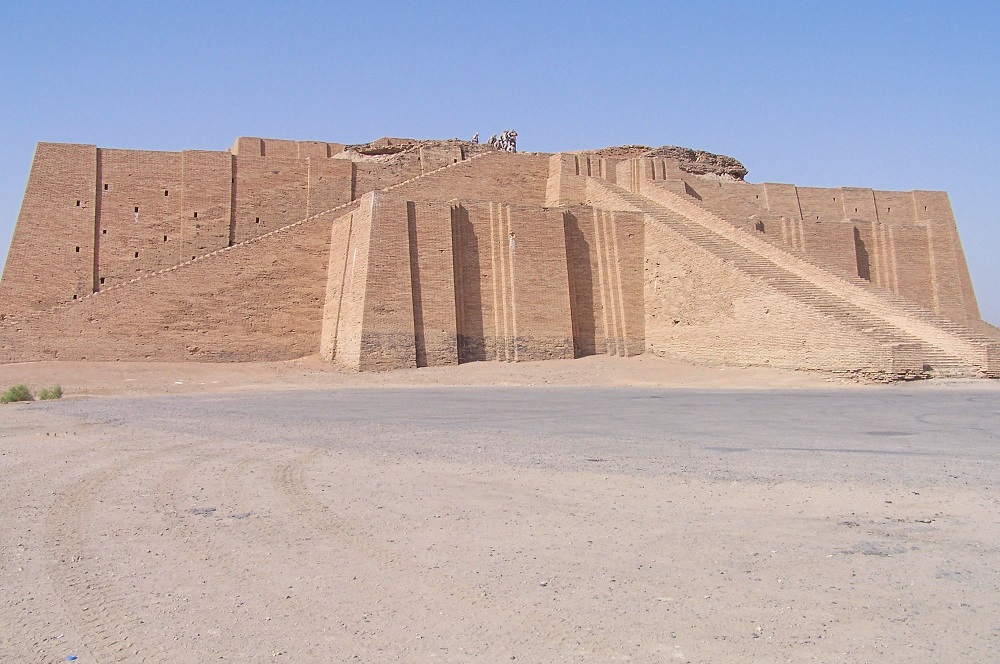
The city of Ur was one of the most important Sumerian city states in ancient Mesopotamia during the 3 rd millennium BC. One of best preserved and most spectacular remains of this ancient city is the Great Ziggurat of Ur. The Great Ziggurat, which is today located in the Dhi Qar Province, in the south of Iraq, is a massive step pyramid measuring 64 m in length, 46 m in width, and 30 m in height. Ur’s Great Ziggurat consisted of smaller, consecutive platforms with a solid mudbrick core covered with burnt bricks. This outer layer protected the core from the elements. The construction of Ur the Great Ziggurat began under King Ur-Nammu of the Third Ur Dynasty (about 21 st century) and was completed by his son King Shulgi.
7. Delfi – Greece
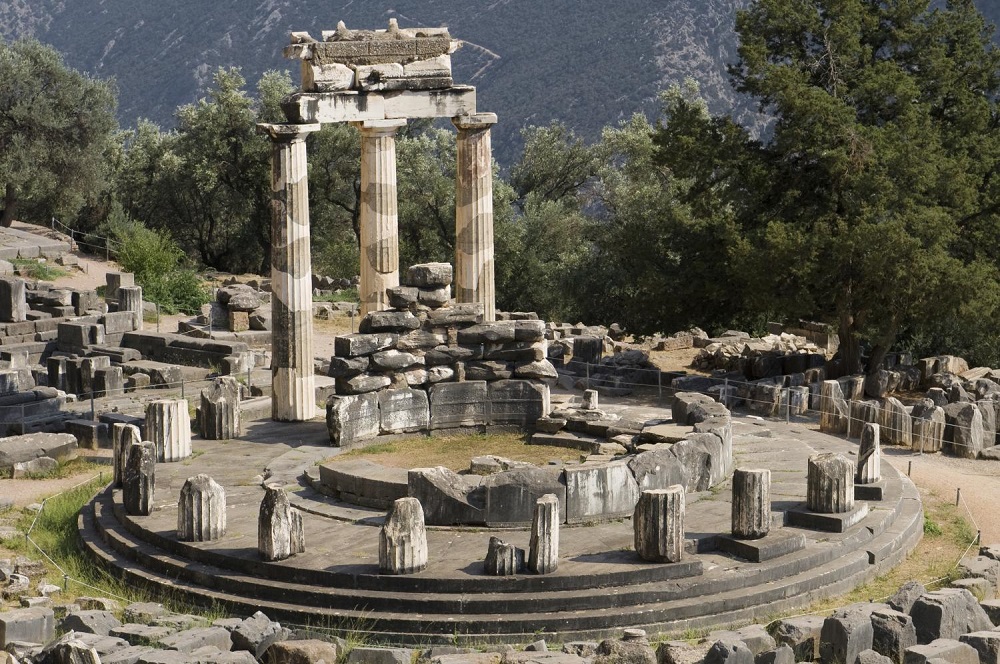
This structure, which does not have as splendid architecture as the Teotihuacan pyramids, has an important place in the Western world. It is the center of Apollo and one of the most important venues of ancient Greece. The structure is located on Mount Parnassus. Besides the temple, it has a stadium and a mausoleum-like structure. People were gathering in this temple to discuss important issues. No decision would be taken without consulting the female nuns in the temple, Oracle.
8. Agantic Caves – India
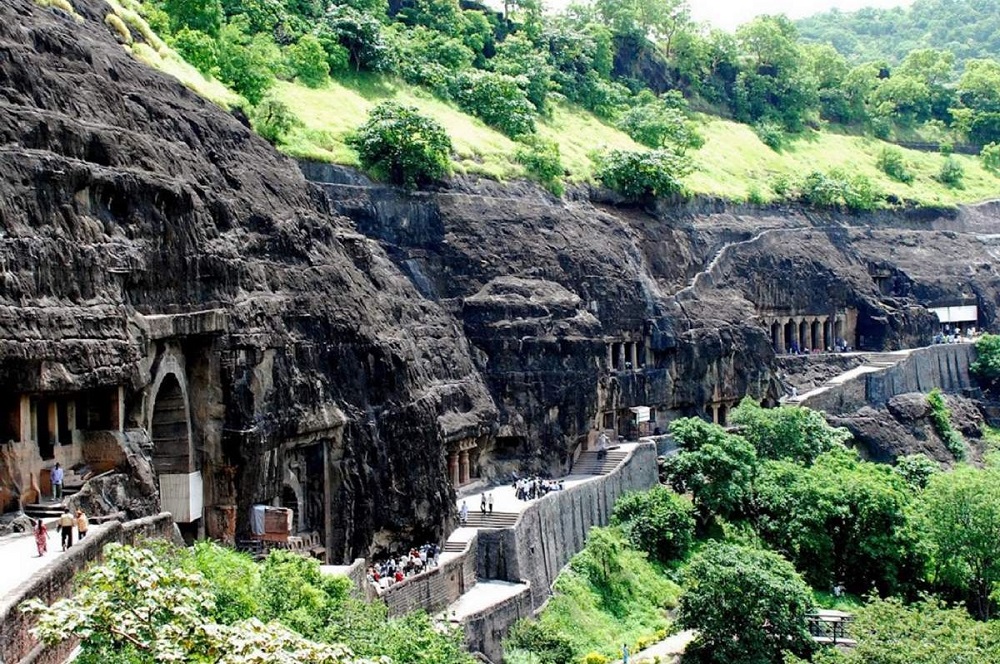
Like Borobudur, it was forgotten for centuries, and John Smith, an English officer, discovered it by chance while hunting 1819 tigers. Even now, the name and the history of discovery are inscribed on the walls of the cave. 29 caves were discovered, although not all are richly decorated. It can be said that the statues and depictions found here are excellent craftsmanship for India of the period. The statues and cave walls, many of which have stories about Buddha’s life, tell inscriptions that shed light on the lives of the people living there.
9. Hypogeum – Malta
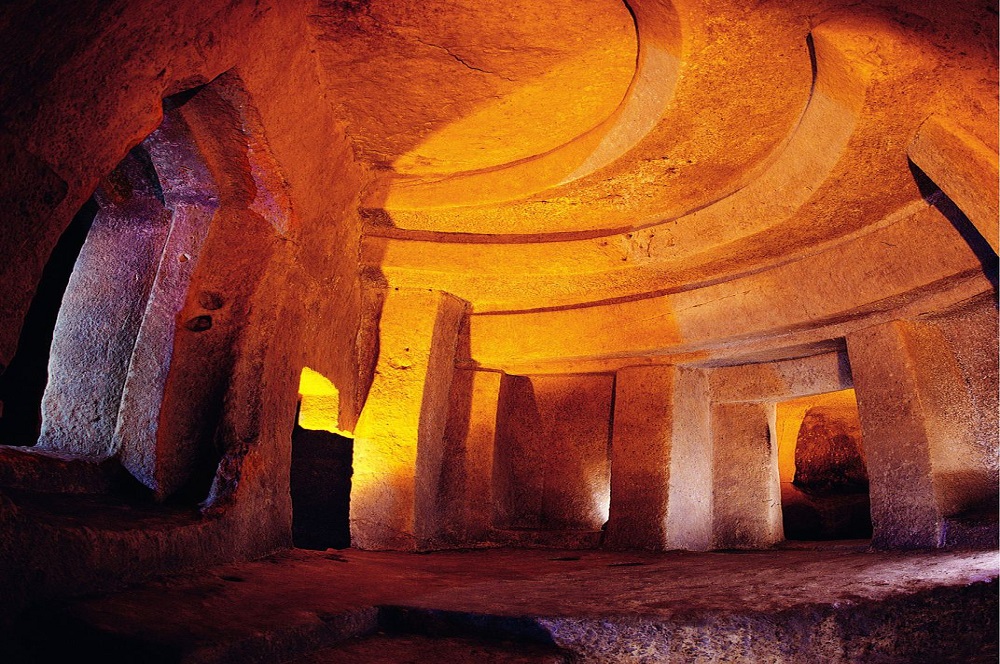
B.C. The temple dates back to 3500 and is one of the oldest prehistoric buildings built underground. This carved area, which has various underground tunnels, has been transformed throughout history and used in different ways. The walls of the Hypogeum were built very smoothly and similar stones reflecting the craftsmanship of the region were discovered in several places in Malta. Carved into a wall, thought to be a conversation room the sound echoed in one area echoes throughout the temple. Daily visitors are allowed to avoid damage to the walls of the building.
10. Gobekli Hill – Turkey
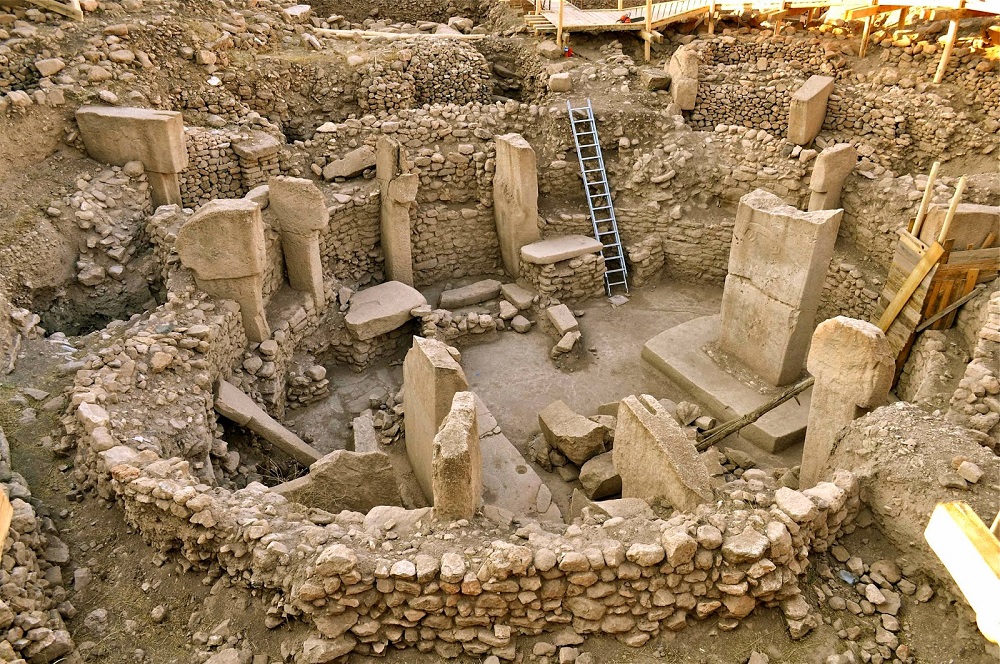
B.C. This temple, thought to have been built in 10,000, is the oldest known religious monumental structure. In the center, there are two obelisks and around 20 circular stone blocks. On the stones there are reliefs of various animal figures such as spider, scorpion and snake. What makes the region important from all the ancient religious buildings is the construction of such a structure before the settled life and agriculture starts. This discovery makes us think once more that the discovery of agriculture started the settled life.



